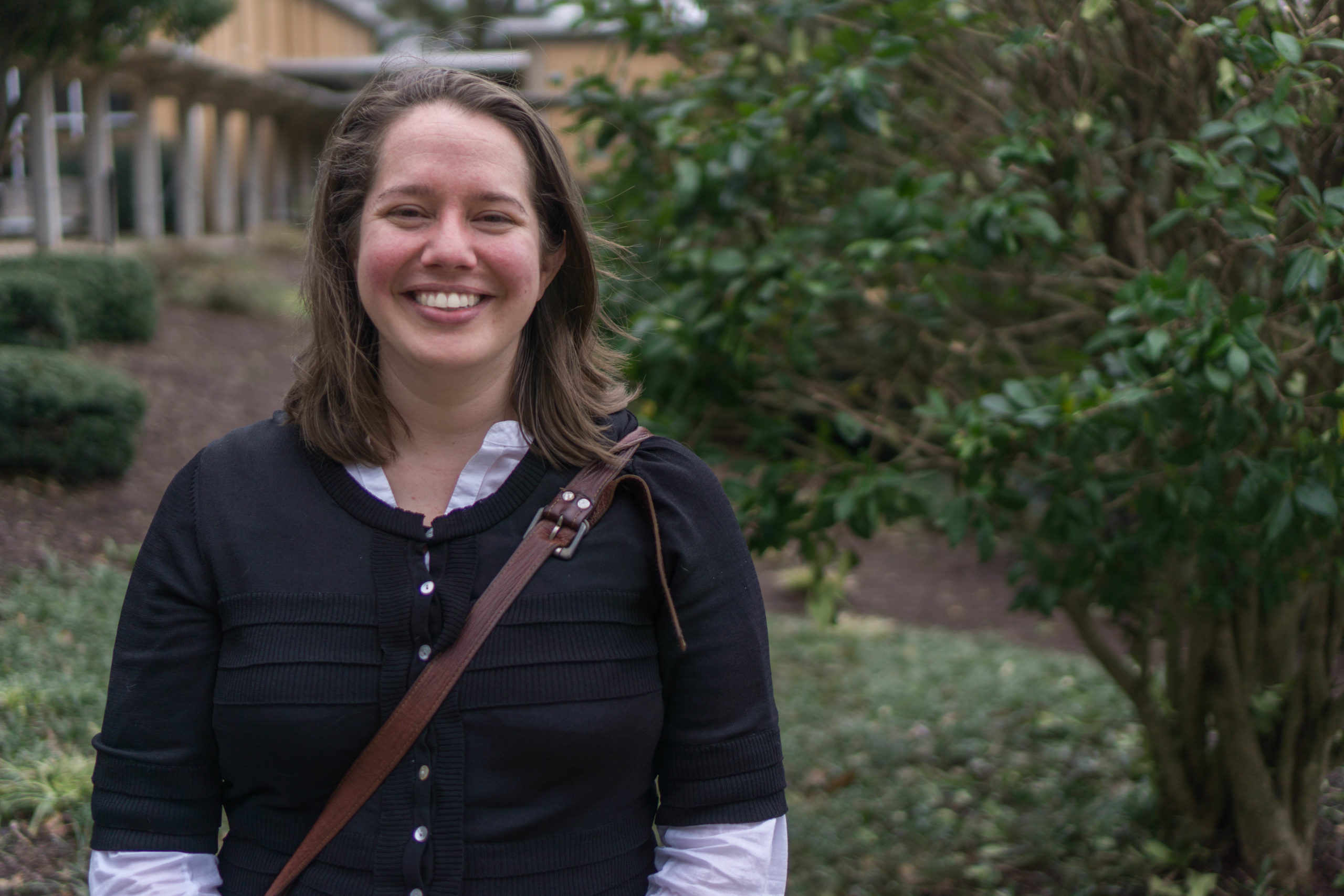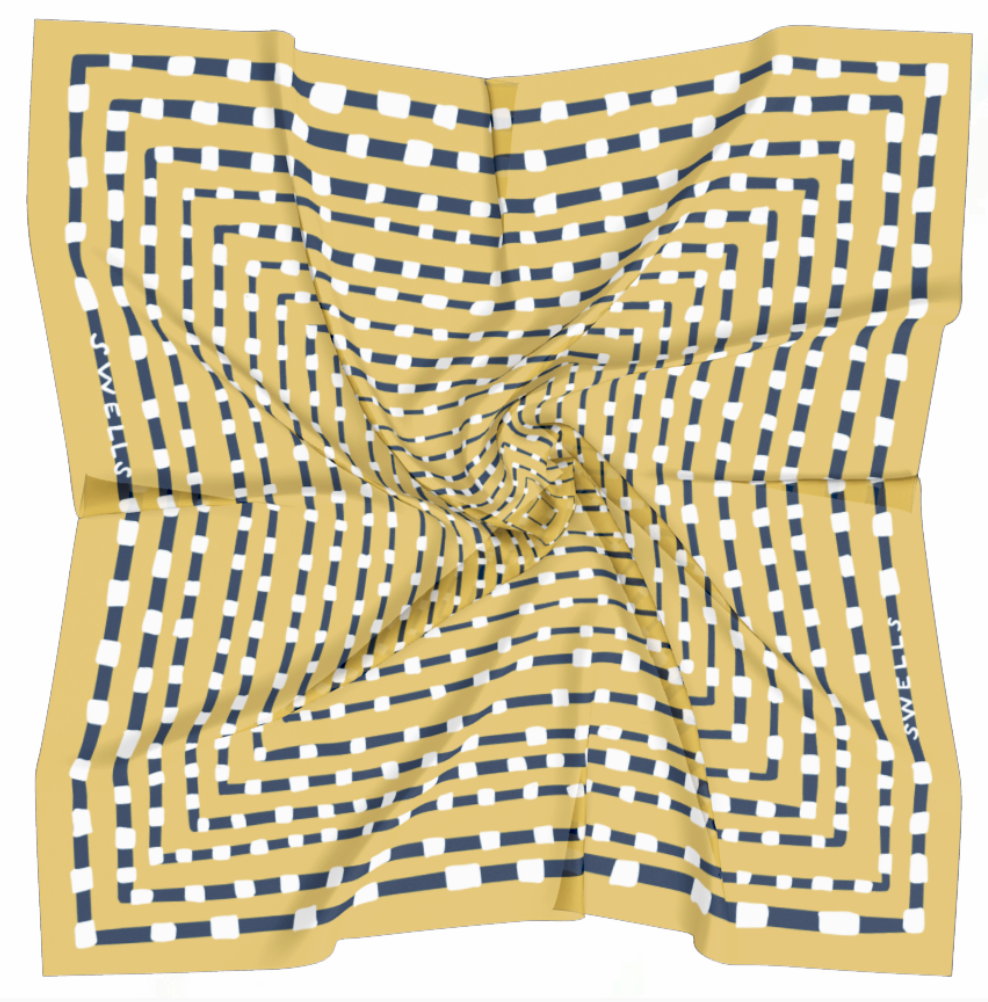“Gravity” begins with the statement that life is not possible in space; yet in the vast, endless vacuum of space, Ryan Stone’s (Sandra Bullock) life begins again. Ryan lost her daughter in a freak accident on a playground. Now she finds herself floating through space due to another unforeseen accident: Debris from a Russian missile strike destroyed the shuttle she was working on, leaving Ryan Stone and her fellow astronaut, Matt Kowalski (George Clooney), adrift and struggling to find their way back home.
The movie provides stunning visuals of space, but the real story is not so much astronaut versus space as it is Ryan versus her demons. Bullock’s impeccable portrayal of Ryan’s inner turmoil makes this movie relatable to everyone, space buff or not. Although letting go is the last thing anyone wants to do while spinning through space, during the course of the movie, Ryan must release herself from the space shuttle, the loss of her daughter, her self-doubt and her fear of death.
Bullock found the filming grueling. She joked in several interviews that she wished she had been in front of a green screen so at least there would have been some color. She was primarily filmed in what she describes as a completely black contraption wearing an uncomfortable space suit suspended from dozens of wires. The frustration of being completely isolated in each of her scenes was to Bullock’s benefit. That loneliness and solitude translated perfectly to her character’s experience drifting through space. Because the film stays relentlessly with Ryan as she struggles, the audience feels drawn into the same lack of control. The camera spins and the audience spins with it. The film does not provide the audience with any flashbacks into Ryan’s life on earth. The empathy grows purely out of Bullock’s heartfelt performance.
In the most poignant scene, Ryan has resigned herself to her inevitable death. She is ready to drift off in the absolute silence of space when Matt appears. He materializes as an encouraging answer to her prayers. Ryan asks Matt to go see her daughter and to tell her that she will be proud of her mother. The cathartic release of her guilt and grief over both accidents is palpable.
Matt Kowalski is the illumination in an otherwise dark movie. He is charming and passes time in space by retelling the same stories to the crew while they work. His humor keeps Ryan and the audience from falling too deeply into the helplessness of the situation. Ryan miserably tells Matt that she has never successfully landed a pod in a simulation test. Matt tells her she will be fine because “it is not rocket science.” Matt is good natured and optimistic. Even in the face of death, he recognizes the beauty of the sunrise in space. Matt provides the light Ryan needs to make it home.
As Ryan attempts to reenter Earth’s atmosphere, she faces only two possible outcomes: She will either burn up, or she will not. She is at peace with her fate whatever it may be. At the beginning of the film, Ryan refused to stop working outside the space shuttle even as debris moved inexorably in her direction. She refused to accept that she was not in control of the situation. Now on her reentry, she accepts her lack of control as an exhilarating part of her ride. For the audience, which has been with Ryan throughout her ordeal, there is an overwhelming sense of relief and pride in her accomplishment.
In an interview with Jake Hamilton, Bullock said of the movie, “It is a fantasy to a certain degree, but emotionally I think it conveys what they [astronauts] feel and what they experience up there.” Through artful cinematography and outstanding acting, the audience gets to experience the terrifying grandeur and solitude of space. While we are told that life is not possible in space, we learn that rebirth certainly is. Ryan emerges from the womb of her space pod to begin a new life.
“Gravity” is playing in theaters now.




